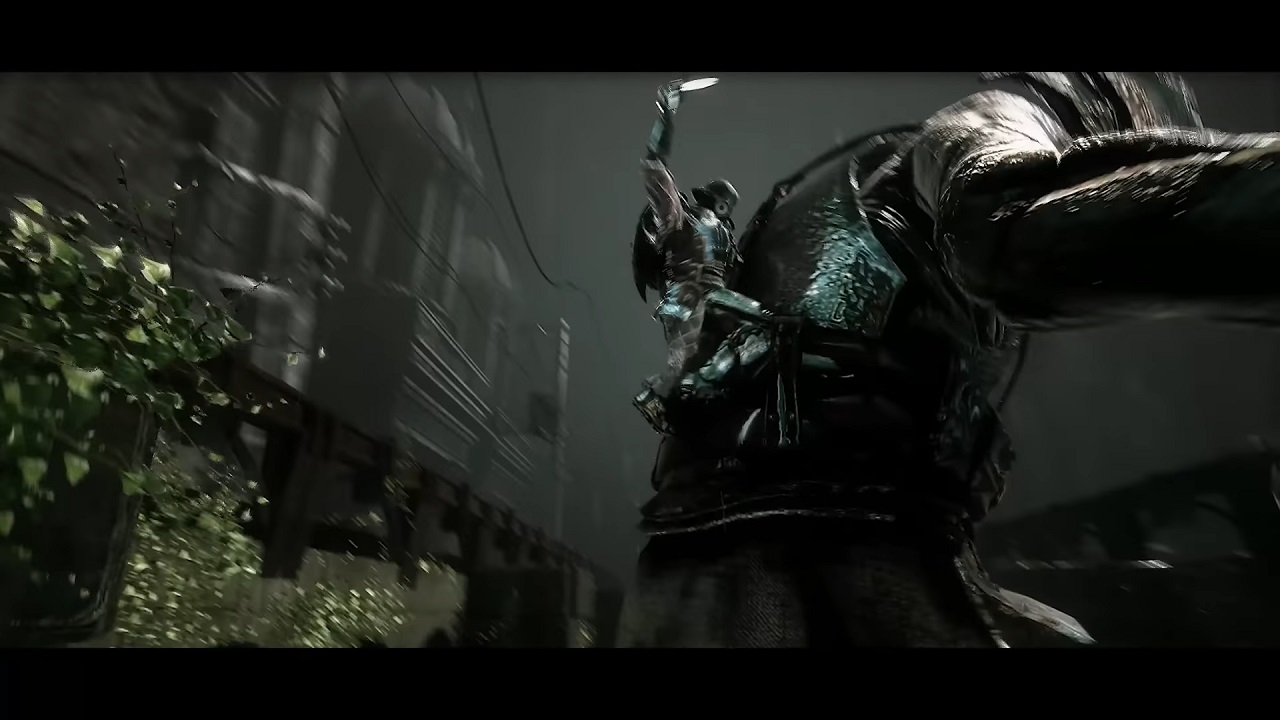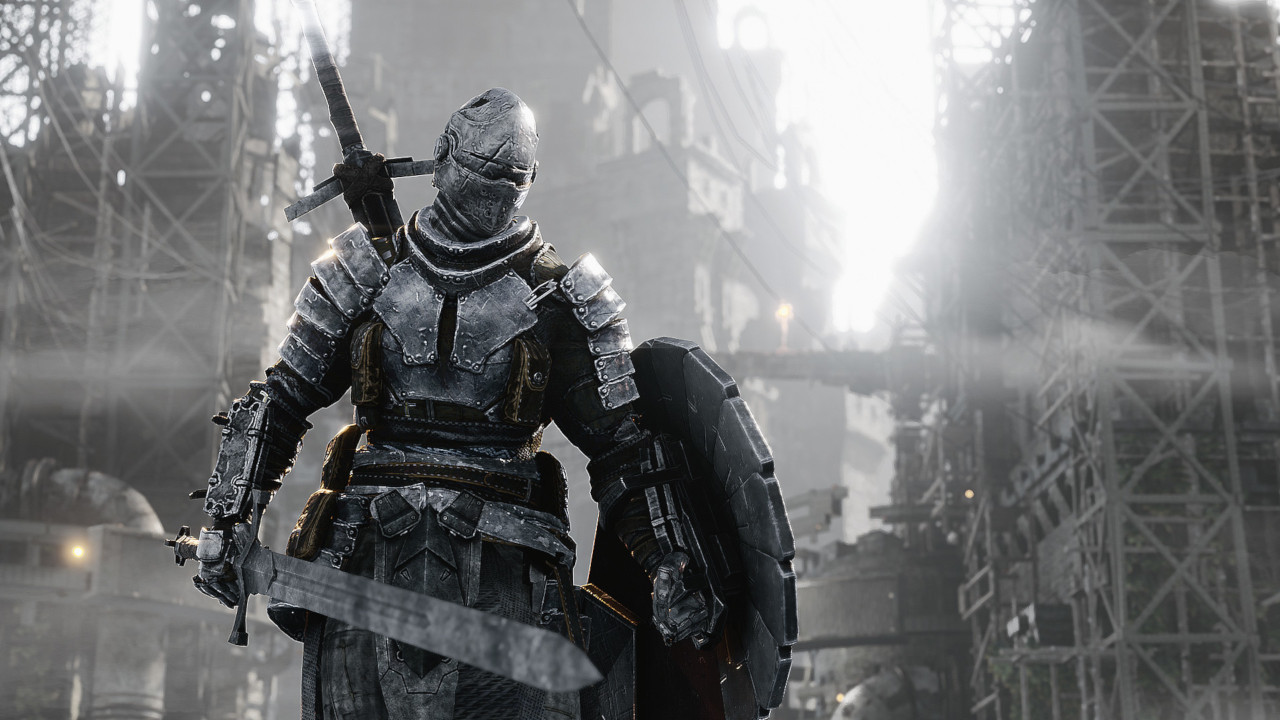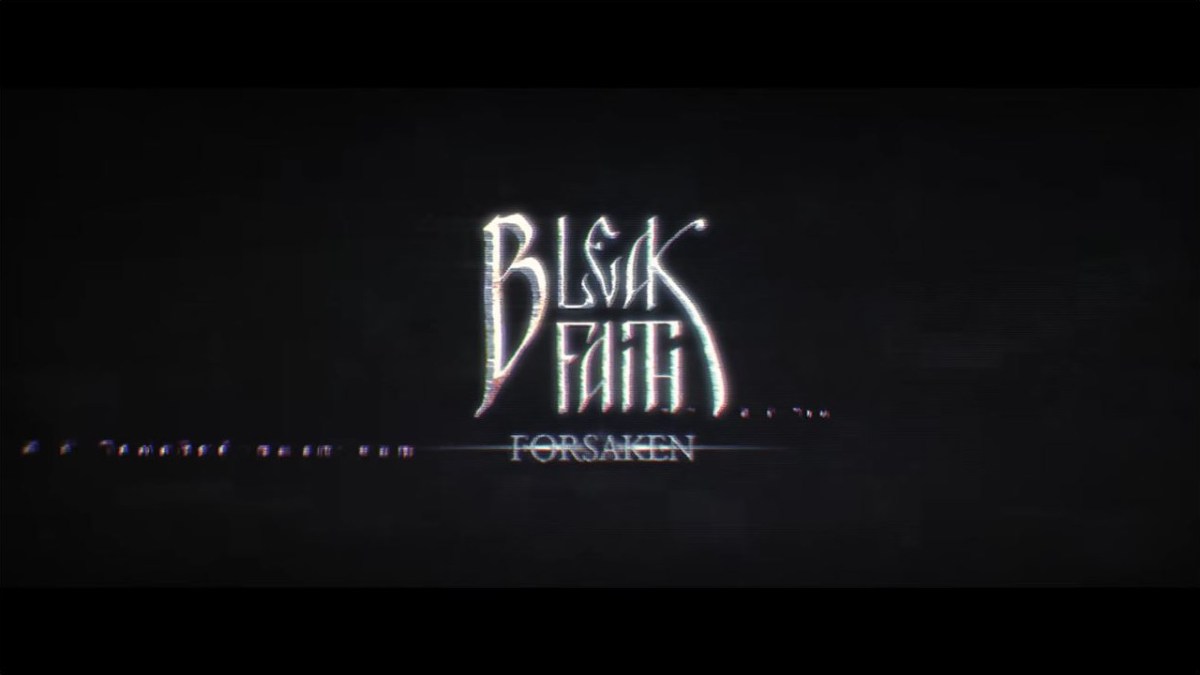Over the past decade, numerous indie developers have tried their hand at creating a Souls-like game. This has led to the genre becoming somewhat oversaturated, making it difficult to create something that can stand out on its own. Archangel Studios has sought to overcome this challenging task with the release of Bleak Faith: Forsaken, a new title that dives into horror while offering its own special gameplay mechanics. Can Bleak Faith stand on its own as a shockingly fantastic indie hit, or is its name accurate in more ways than one?
Note: Following its release, Bleak Faith: Forsaken was the subject of controversy due to certain animations looking to be taken straight out of FromSoftware’s biggest hits. The developers went on to explain that these animations were purchased from the Epic Marketplace, a storefront that is meant to be vetted, and they’ve since begun to remove some of the more questionable content from the game. This is worth mentioning for the sake of clarity, but as this topic is ongoing, this review will not factor this controversy into its final score.
Entering the Omnistructure

Immediately when starting Bleak Faith: Forsaken, players are thrust into a world filled with surrealism and horror, taking control of a withered body on a quest to explore and survive. Very little story is shared throughout the game, arguably giving even less than the bare minimum, but there are many talkative NPCs that help paint a fuller picture. The game combines this with one of the darkest, most oppressive atmospheres found in any title to date, making the player truly feel as though they’re trapped in a spiral of mystery and terror.
True to its name, the Omnistructure is vast. Bleak Faith boasts a great deal of alternate pathways and interconnectivity, but the sheer size of it all is coupled with a harsh lack of direction. Many pathways loop around on each other or lead to dead ends, making it hard to feel like any progress is being made. This will certainly appeal to exploration fanatics looking to get as lost as they can, but it can be frustrating for players simply wishing to find and battle the next boss.
The overall art direction of Bleak Faith is perhaps its greatest attribute. Enemy designs range from noble knights to aberrant beasts and metallic monstrosities. This makes for encounters that feel varied while adding ever greater touches of surrealism to the game’s world, which itself is already very striking. Natural overgrowth combines with mind-bending structures and shattered ruins of civilization. Additionally, the ambience and combat music are incredibly striking, eliciting feelings of tension and anxiety that only ever improve the experience. Even without much dialogue or explicit storytelling, Bleak Faith: Forsaken manages to be an incredibly immersive title.
Tough Trials and Conflicting Combat

Trying to survive in the Omnistructure is not an easy task. While the major bosses found throughout the game have varied movesets and eye-catching attacks, the main source of difficulty comes from how Bleak Faith’s base combat works. Attacks are staggered through carefully timed combos and dodges lack many I-Frames, forcing players to adopt an incredibly safe style of fighting. This makes combat against early-game enemies engaging, but it can cause battles against stronger foes to become drawn-out and tedious. This design might be partially due to a lack of punishment for dying, as the only thing lost when respawning is time. Certain parts of the title can feel overly difficult as a result of this, but there’s no shortage of options available to respond to such challenges.
The game offers a few bonuses to help players alleviate the slowness of certain encounters. Rather than leveling up or resting at safe points, the game rewards those who take charge in combat, providing plenty of healing items and unique equipment as part of enemy loot drops. Some pieces of equipment provide powerful abilities that allow players to wipe out weaker foes in an instant, but this requires its own magic-like resource that can’t easily be refilled. Other additions like perks and player-specific abilities can be acquired further into a playthrough, but players won’t have much room to experiment with different builds early on.
Experimenting in general is not something many can do in Bleak Faith early on. A lack of I-Frames means speed-focused builds will get shredded when up against most foes, and only being able to use two healing items to start makes aggressive builds unlikely to outpace equally aggressive bosses. The abilities are fun to use, but they’re way too limited and don’t offer as much as they could. The overall combat feels somewhat underdeveloped as a result, even with all the options and various weapons players can use. Perhaps Bleak Faith: Forsaken would have benefitted most from focusing less on its Souls-like ideas and instead building on its action elements further. Though other Souls-like elements are able to stand out fairly well, the world itself falls into classic pitfalls plaguing indie-made titles of this punishing genre.
Technical Aspects and Questionable Design Decisions

Ironically, much like the Omnisphere itself, the issues with Bleak Faith are exceedingly interconnected. The aforementioned lack of story is supplemented by a lack of information in the game, from missing example videos to few explanations on upgrades and perks. This extends to certain enemies and obstacles with more unorthodox methods of attack, often catching players by surprise. Certain areas have invisible floating bodies that rapidly drain player HP, and because they have the ability to stunlock, certain encounters with them can be impossible to survive. This is one thing that puts a wedge in Bleak Faith’s exploration, which unfortunately has some odd caveats of its own.
The world of Bleak Faith is utterly massive. This makes it very interesting to explore, but it also makes exploration itself very unwieldy. There are a few opportunities to climb high-up structures for shortcuts, though certain encounters with ladders feel much longer than they should be. But broken geometry and unforgiving fall damage can sometimes make the player feel like they’re being punished for going where they should. This is present in many ways throughout the game, with at least one example of a shortcut elevator’s lever putting the player through a wall and forcing them to respawn. This leads into another major issue about the game: the many technical aspects that continue to plague it today.
Though Bleak Faith is fairly well-optimized in this day and age, it still suffers from a higher-than-average number of bugs. Many of these bugs were fixed by the developers locking the game’s FPS to 90 or below, but there are still some cases of missing sounds, strange hitboxes, and ridiculous rag dolling — the latter of which can send players into bottomless pits, putting them under the map. Taking into account other aspects like certain enemy attacks not having sound and AI being easily broken through normal gameplay, the game can oftentimes feel somewhat incomplete.
Since Bleak Faith: Forsaken’s release, the developers have continued to relentlessly iron out the game’s technical issues while rebalancing and changing other parts of it. While the issues are certainly glaring from the start, it’s also clear that the minds behind this title will continue to support it as much as they can. It’s possible that most of these bugs and oddities will no longer exist in the future, though it’s a shame to see the game having been released in this state regardless. Still, with enough time and polish, the greatest aspects of this title will have the chance to truly shine in the eyes of all players.
Flawed, but Not Truly Forsaken

Despite its genre and mechanics, Bleak Faith is at its best when it isn’t trying to be a Souls-like. From its surreal environment to its special abilities and horrific enemy designs, everything the game can truly claim for itself is something to be proud of. Sadly, this title’s massive scope has led to many technical issues alongside a lack of direction in both exploration and core combat, harming its appeal to a wider audience. The developers are taking steps to continually improve the game, but it will be some time before it can truly stand on its own.
Even with all of its issues, there’s incredible potential and plenty of good to be found in Bleak Faith: Forsaken. The truth is that many players will be able to look beyond its problems for the sake of its incredible atmosphere and more favorable aspects of its design. It’s hard to recommend in its current state, but if the devs continue to support the game, it’s likely to go above and beyond those that came before it.












Published: Mar 13, 2023 05:15 pm